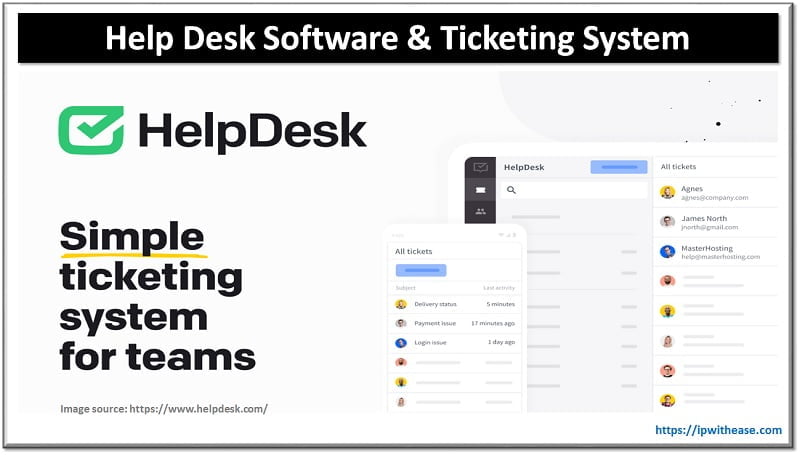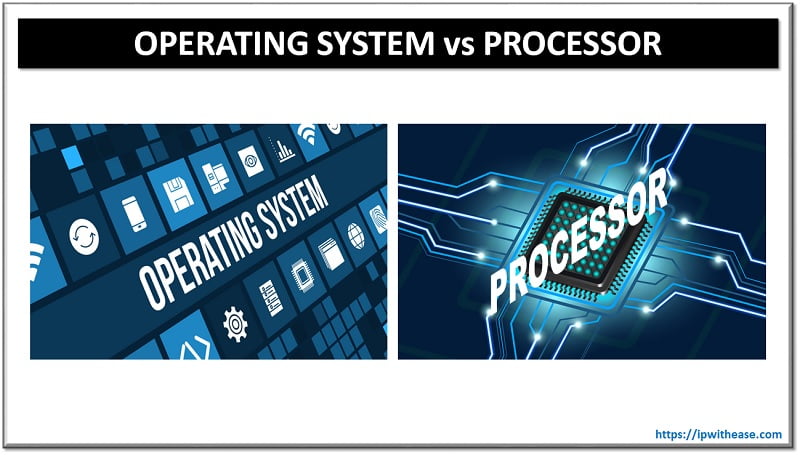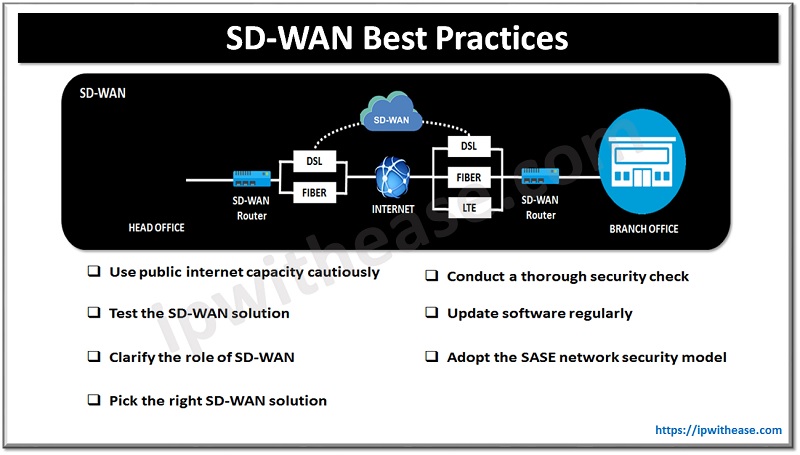Table of Contents
Why is user-centric design important when it comes to web design overall? Well, to start, it creates a better experience for users. An experienced UI/UX design agency can help any business to create a website of their dreams that will also resonate with their clients. And satisfied clients, of course, tend to lead to better engagement. And better engagement is always better for business.
To make sure you are following the golden rules of user-centric design, let’s take a look at some of the best practices in user interface and user experience in this article.
Best Practices for a User-Centric Design
Understanding Your Users is Key
Here is where it all begins: understanding your users. You can’t create something relevant to the needs of your customers when you have no idea what those needs are. So research is always the first step, and creating a memorable UI/UX design is no different.
There are a few key research methods to try:
- Surveys. Gather information from a large audience.
- Interviews. Dive deep into specific user needs directly.
- Analytics. Understand user behavior and identify areas for improvement.
Once you’ve gathered your data, create user personas. These are fictional characters that give a face to an audience. A user persona typically involves coming up with a name, background information, goals, and relevant challenges. Those personas will help to determine your users’ behaviors with a concrete example, which in turn will help to make informed decisions about the design.
Prioritize Usability
Usability is essential to user-centered design. It’s all about ensuring that users can easily achieve what they set out to do. This means a product is easy to navigate, simple to use, everything is in place, and loads fast. For example, slow-loading websites or apps can result in an annual business loss of approx $2.6 billion. So if a product isn’t usable, it doesn’t matter how beautiful the design is, users will leave in a heartbeat.
Simplify the navigation. It’s a major component of overall usability. A user should be able to get around your product without much sweat.
Reducing the number of clicks is a great way to help them get to core features. Use clear and descriptive labels on buttons and menus so that users know what to expect.
A pro UI/UX design team will also ensure design consistency. This is another fundamental characteristic of good UX. It builds brand recognition of the product because all design elements – colored, fonts, buttons, are uniform.
Make It Accessible
A product needs to serve different people, including those with any kind of disability. Creating a UI/UX design with accessibility in mind accounts for how different users interact with digital products, to make sure everybody has a good experience.
Accessibility is an important part of modern design, and it only takes a few good practices to get it right. Add alt text to images so that screen readers can describe them to visually impaired users. Use readable fonts with good contrast between the color of the text and its background. Provide subtitles or transcripts alongside audio and video content. All these details will result in a better experience.
Prototyping and Testing
Prototyping and testing are important parts of the design process. This step helps to visualize how your design works in practice, so it will help to fix problems in time before the final product is launched.
First, create a prototype, one that’s as primitive as a paper sketch or as advanced as a clickable digital MVP that real users can try. Observe how testers interact with it, note any pain points, and learn from these interactions. Usability testing is very important because it brings out issues you might not have noticed by yourself.
Test, then improve, get feedback and iterate on your design. A constant refinement of your product should account for actual user feedback. Just remember: no design is ever permanent. It’s important to keep up with the ever-changing market demands.
Feedback Loops
Once your product is out, the design process doesn’t end there. It’s important to continue to gather user feedback because it’s exactly what will make this process truly user-centered.
There are a hundred different ways of collecting reviews. You can make use of surveys, and feedback forms, or just track user reviews on app stores and forums. Keep note of what your users say, good and bad, about their experiences.
Once the feedback is collected, don’t let it gather dust work on it! Adjust the design according to what you have learned. If, for instance, many users say that they find it hard to find some information, it’s a good idea to redesign that part of the interface. If users see that there are regular updates and their opinions are taken into account, they will be more likely to keep using the product, that’s for sure!
Creating Emotional Engagement
A true user-centric design doesn’t only function well but also connects with the user on an emotional level. If they feel an emotional attachment to your product, they are more likely to become loyal customers.
Colors, images, and even animations can inspire users’ emotions and bring life to the product. Micro-interactions tiny, engaging design elements can do their part in making user experiences a real delight. For example, subtle animation on pressing a button could make the interaction more pleasing and engaging.
Storytelling is yet another, very powerful tool. Use elements of storytelling in your design so that it becomes memorable to people. You can achieve this through the tone of your content, particular imagery, or guiding users through a process in a specific way. Storytelling is something that has a real potential to make your product stand out.
Conclusion
Creating user-centric design is all about putting the user first. It is often said that the best designs are those that focus on the people who use them. If you have these best practices in mind, you will be well on your way to creating a user-centered design that results in pleased customers and successful business outcomes.
ABOUT THE AUTHOR
IPwithease is aimed at sharing knowledge across varied domains like Network, Security, Virtualization, Software, Wireless, etc.



